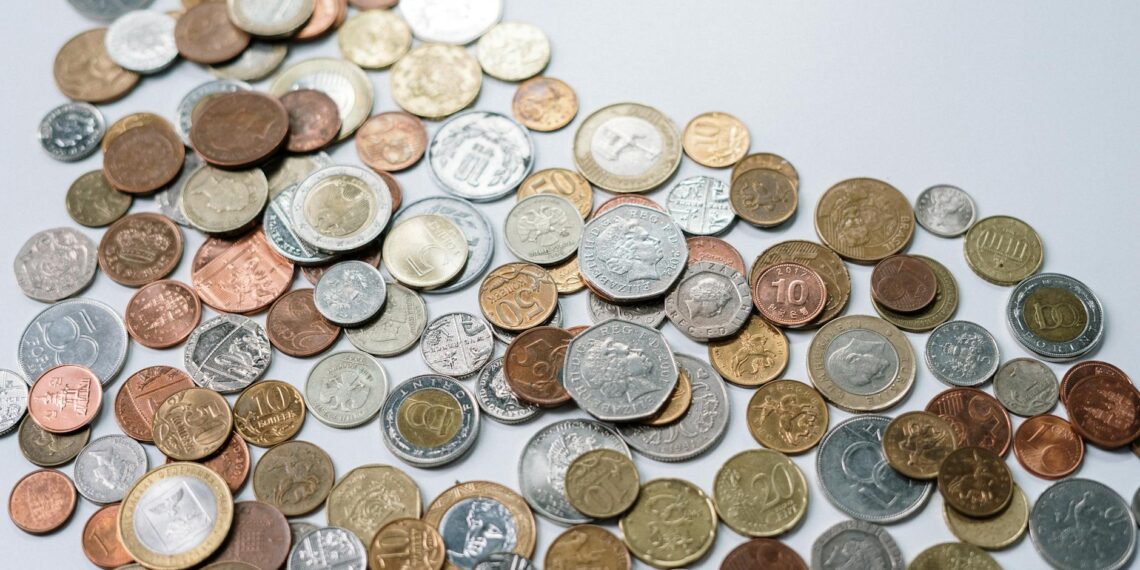Not all 1 dollar coins are rare. While dollar coins have been in circulation in the United States since 1794, many of them are readily available and worth only their face value.
However, some specific varieties of 1 dollar coins are considered rare and command significant value among collectors. Here are some examples:
- Early Silver Dollars: The [Flowing Hair Dollar] (1794-1795) and Draped Bust Silver Dollar (1795-1804), particularly the 1804 variety known as the “King of American Coins”, are considered rare and valuable due to their age and limited mintage.
- Morgan and Peace Dollars: Some Morgan and Peace Dollars, especially those in excellent condition or with specific mintmarks like the 1893-S Morgan Dollar or the 1928 Peace Dollar, can be highly sought after and valuable.
- Error Coins: Error coins, such as those struck on the wrong planchets or with missing or incorrect edge lettering, can be quite rare and valuable. Examples include the 2000 Sacagawea dollar struck on a Susan B. Anthony blank planchet and Presidential dollar coins with missing edge lettering.
- “Cheerios” Sacagawea Dollar: A limited number of Sacagawea dollars distributed in Cheerios boxes in 2000 had a unique eagle tail feather design, making them valuable to collectors.
In conclusion, while most dollar coins are not rare, certain historical coins and those with mint errors can be highly valuable to collectors. It’s always worth checking for specific dates, mintmarks, and potential errors on any dollar coins you encounter.









How to know if a $1 coin is rare?
Examine the Coin’s Date
One of the easiest ways to tell if a coin is rare is to check the date. If the coin is from before 1800, it’s likely rare. Coins minted in the 19th century are also generally considered rare, with a few exceptions.
Are $1 dollar coins still accepted?
Half dollar and $1 coins are usually produced as collectibles. However, they may still be ordered by the Federal Reserve for circulation and used as legal tender.